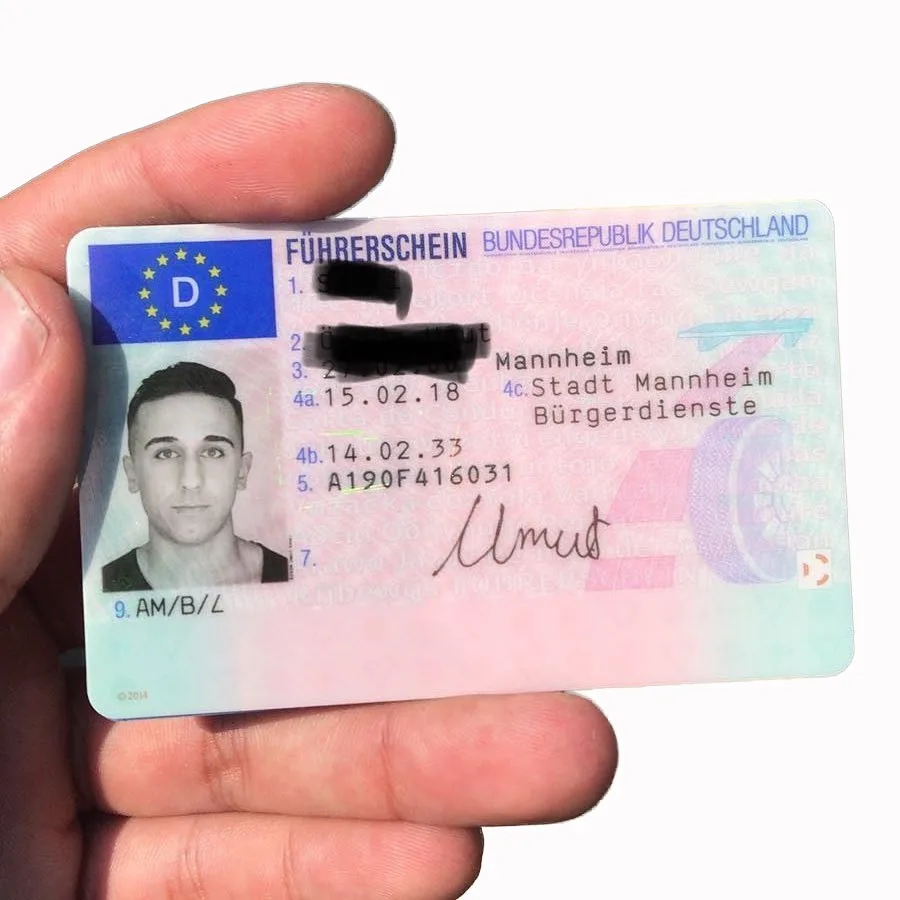The Ultimate Guide to Acquiring Your Driving License
Getting a driving license is an initiation rite for numerous people around the world. It signifies self-reliance, responsibility, and the ability to navigate the world on your own terms. Whether you are a teenager eager to hit the road or an adult seeking to embrace new chances, comprehending the procedure of acquiring a driving license is important. This short article aims to assist you through the needed steps and factors to consider for getting your driving license.
Step 1: Understand the Requirements
The requirements for acquiring a driving license can differ considerably from one area to another. Familiarize yourself with your regional Department of Motor Vehicles (DMV) or comparable authority's regulations. Typically, requirements may consist of:
Age: Most places require you to be a minimum of 16 years old to get a learner's license and 18 to obtain a complete license.
Identification: A government-issued ID or birth certificate is typically needed to show your identity and age.
Residency: You may require to provide proof of residency in the jurisdiction where you are using.
Vision Test: A standard vision test is often needed to guarantee you can see well enough to drive safely.

Action 2: Obtain a Learner's Permit
Before you can acquire a full driving license, you will normally need to begin with a student's permit. This permits you to practice driving under specific restrictions, typically while being supervised by a certified adult. The actions to acquire a student's license generally consist of:
Pass a Written Test: Many places require you to take a composed or computer-based test covering the rules of the roadway and traffic indications. Studying your state's driver's handbook can be extremely useful in getting ready for this exam.
Application Fees: Be prepared to pay a small application fee to obtain your learner's authorization.
Acquire Supervised Driving Hours: There might be a minimum variety of practice hours you need to log with a certified driver, generally varying from 20 to 50 hours.
eu führerschein kaufen : Enroll in Driver Education
Though not always obligatory, enrolling in a driver education course can be highly beneficial. These courses usually cover:
Theory Lessons: Understanding traffic laws, safe driving practices, and how to deal with numerous driving situations.
Behind-the-Wheel Training: Practical driving sessions with a qualified trainer, which can help build your confidence and skills.
Many states provide online courses, in-person classes, or a combination of both. Talk to your DMV to see what choices are offered.
Step 4: Practice, Practice, Practice
Once you have your student's authorization, it's crucial to get as much driving practice as possible. Use the time to end up being comfortable with:
Parallel Parking: An ability that typically shows up in testing.
Navigation: Understanding how to read maps or use navigation gadgets.
Driving in Different Conditions: Gain experience driving in numerous weather and at various times of day.
Objective to practice a variety of driving circumstances, including city driving, highway driving, and rural driving to build your abilities.
Step 5: Schedule Your Road Test
When you feel great in your driving capabilities and have actually completed the needed practicing hours, you can arrange your roadway test. This test typically consists of:
Pre-Drive Inspection: You may be asked to demonstrate your understanding of the vehicle's controls and carry out a safety check.
Driving Test: An examiner will accompany you in the car, evaluating your driving skills, including adherence to traffic laws, roadway positioning, and total control of the car.
Make sure to examine what documents you need to give the test, such as your learner's license and evidence of finished driver education, if applicable.
Action 6: Pass the Road Test
If you effectively pass your roadway test, congratulations! You will get your driving license. Nevertheless, if you do not pass, don't be discouraged. Most locations enable you to retake the test after a waiting period, providing you the chance to practice more and improve your abilities.
Action 7: Know the Post-License Responsibilities
Once you acquire your driving license, it's important to understand your duties as a driver. This includes:
Complying With Traffic Laws: Always follow speed limitations, use your seat belt, and prevent diversions while driving.
Insurance coverage: Most regions need drivers to have car insurance coverage, so be sure to understand what protection you require.
Renewal: Familiarize yourself with the process for restoring your license, which normally needs to be done every couple of years.
Conclusion
Getting your driving license is not practically passing tests; it's about fostering a lifelong mindset of obligation and security. By following these actions and respecting the rules of the road, you'll not only acquire the freedom of the open roadway but also contribute to much safer driving environments for everybody. Happy driving!
